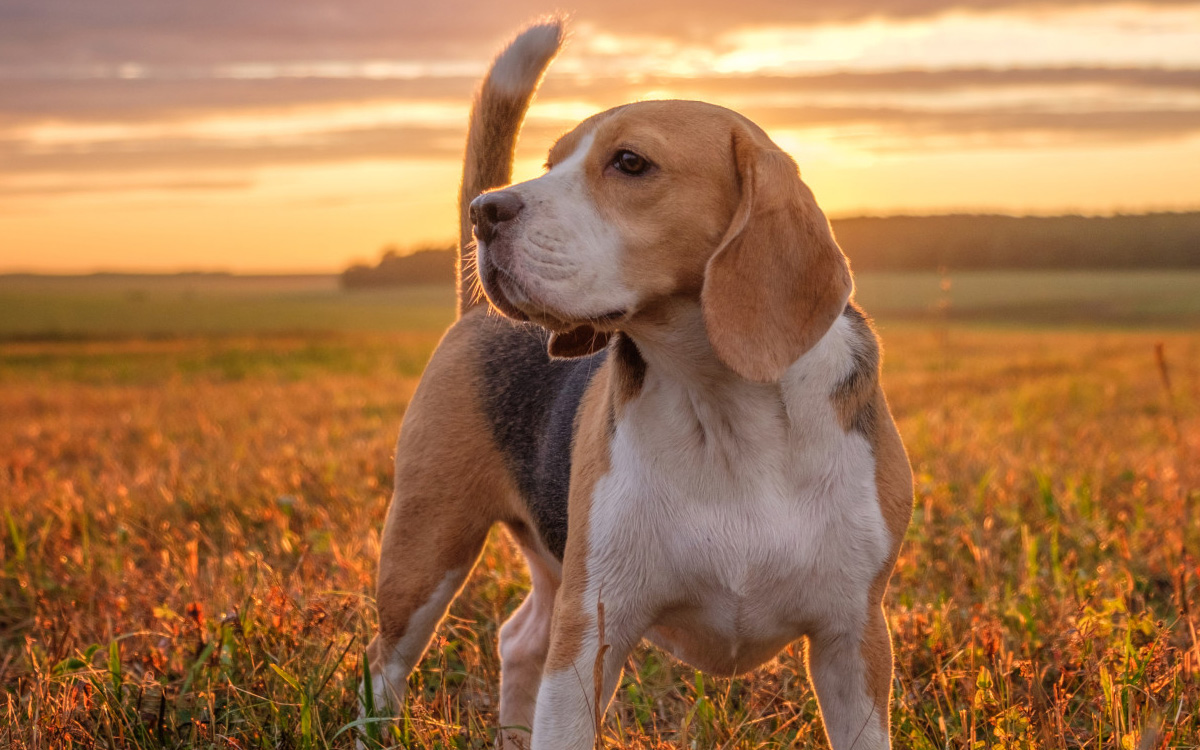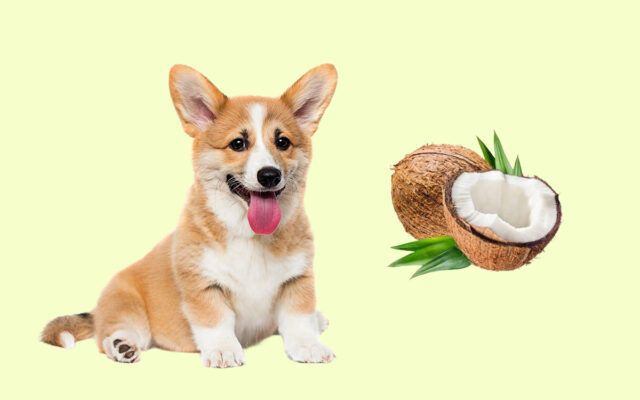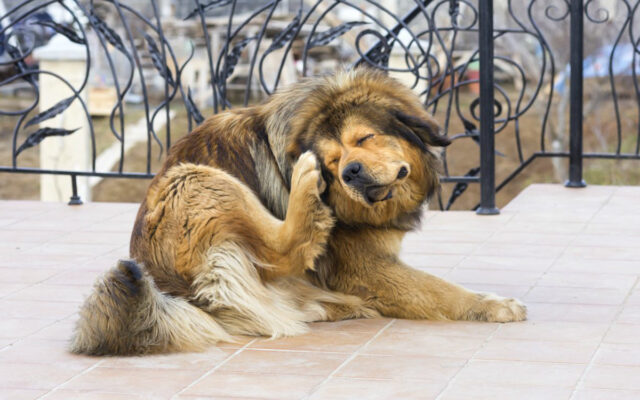Contents
Tail wagging is a form of communication for dogs. And one of the most widespread misconceptions about dogs is the belief that a wagging tail always signifies happiness and friendliness.
While certain tail wags do indicate joy, others may convey fear, insecurity, a social standoff, or even serve as a cautionary signal that approaching may lead to a potential bite.
Scientists have found that key signals in tail wagging are all about how it moves, where it’s positioned, how high it’s held, and how fast it’s going.
In this post, we will teach you how to interpret each of these key signals to better gain valuable insights into their inner world.
Position
Vertical tail
When your dog raises their tail up high, creating a vertical line, it’s often a display of confidence and assertiveness. It’s akin to them saying, “I’m here, and I’m in charge!” Also, Your dog may be asserting their position in the social hierarchy, especially when interacting with other dogs.
Horizontal height
A tail that is straight and horizontal, means that something exciting caught their attention and it is ready to see what it is while being on alert.
Middle height
If the dog’s tail is slightly lower than horizontal, it is a sign that it is relaxed.
Tail lowered between the legs
Usually this tail position signals that they are feeling a bit anxious, a tad fearful, or even in a submissive state.
Movement
Broadly sweeping left/right
A big, wide wag is their joy dance, their way of saying “I’m happy!” If their whole butt leans into each sweep, they are especially happy.
Highly rapid almost vibrating wags
This means that the dog is in fight or flight mode. Especially if the position of the tail is held high, the dog is about to attack.
Slow small breadth wag
They are likely saying “Hello” and want your attention.
Wag direction
Wagging more to the right
Scientists also noted that when a dog spots their owners, the wags lean more towards the right side of their bodies. ( This is if you are looking at their wag from behind. If you are facing them, it looks like it’s wagging more to the left)
Wagging more to the left
On the other hand, in unfamiliar or fearful situations such as seeing another unknown aggressive dog, the tail tends to wag towards the left.
Conclusion
By wrapping your head around this intriguing facet of doggie communication, you’ll be much more in tune with how your dog is feeling. Thank you for reading!





